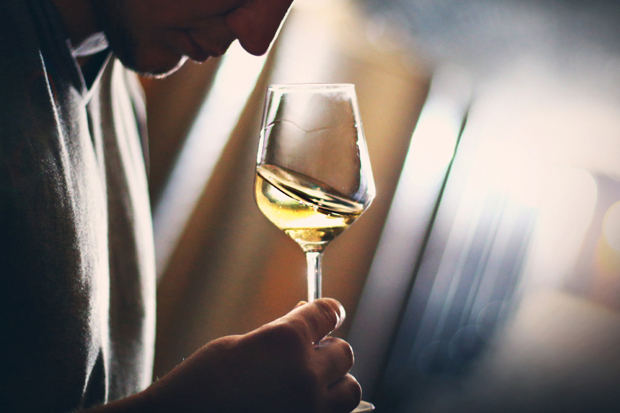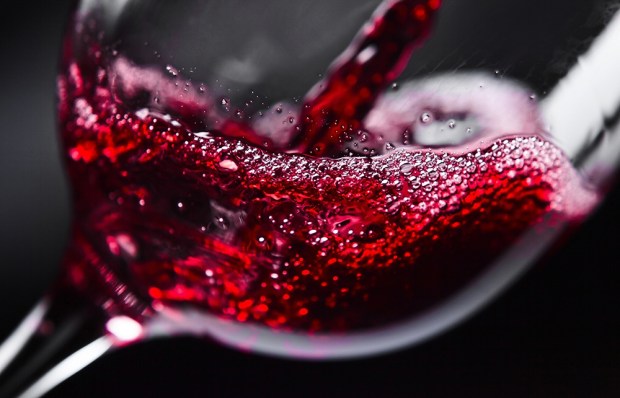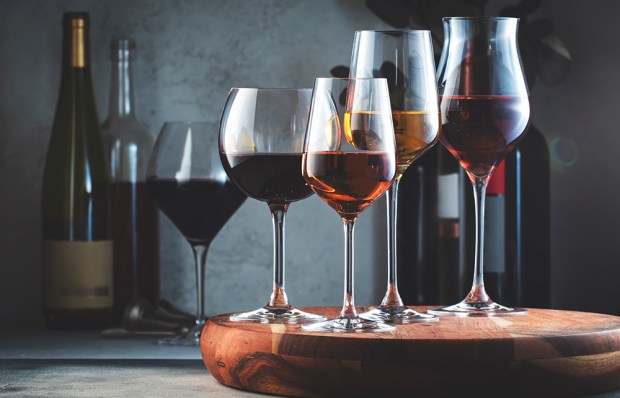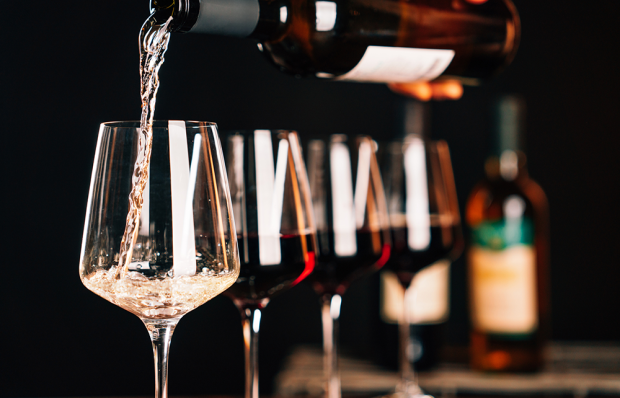I promised a return to Burgundy and the 2014 vintage, which becomes no less impressive when recollected in tranquillity. We started at Marc Morey, where Sabine Mollard presented her Bourgogne Blanc. How did it compare with Pierre Bourée’s similar wine, often praised in this column? (We had sampled his ’15 the previous evening.)
Already a subscriber? Log in
Subscribe for just $2 a week
Try a month of The Spectator Australia absolutely free and without commitment. Not only that but – if you choose to continue – you’ll pay just $2 a week for your first year.
- Unlimited access to spectator.com.au and app
- The weekly edition on the Spectator Australia app
- Spectator podcasts and newsletters
- Full access to spectator.co.uk
Or
Unlock this article
You might disagree with half of it, but you’ll enjoy reading all of it. Try your first month for free, then just $2 a week for the remainder of your first year.















Comments
Don't miss out
Join the conversation with other Spectator Australia readers. Subscribe to leave a comment.
SUBSCRIBEAlready a subscriber? Log in